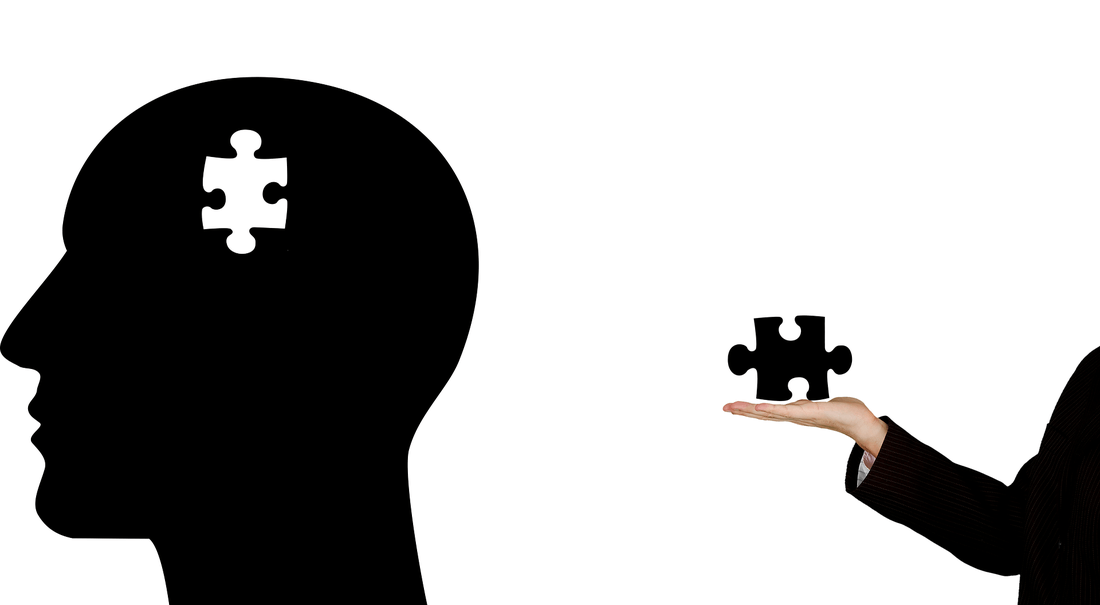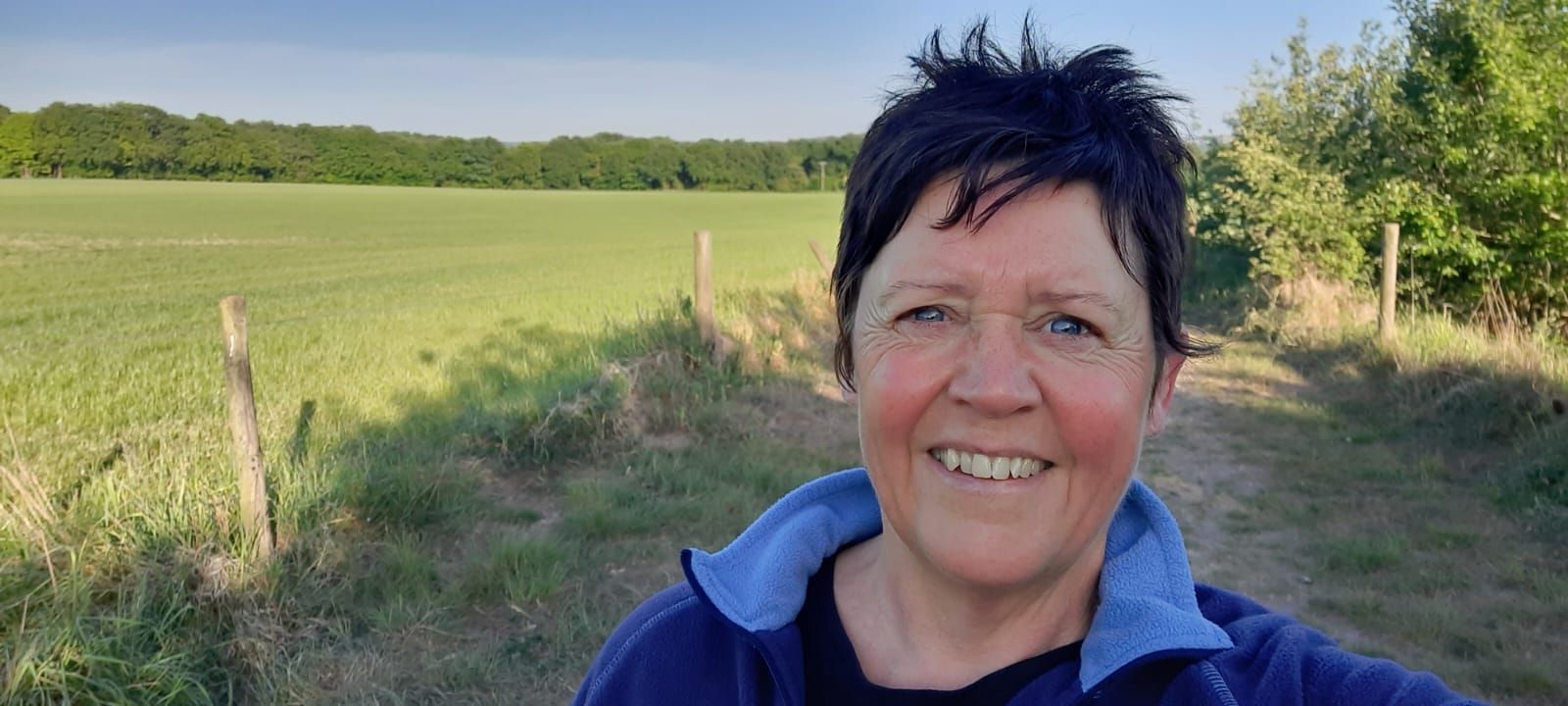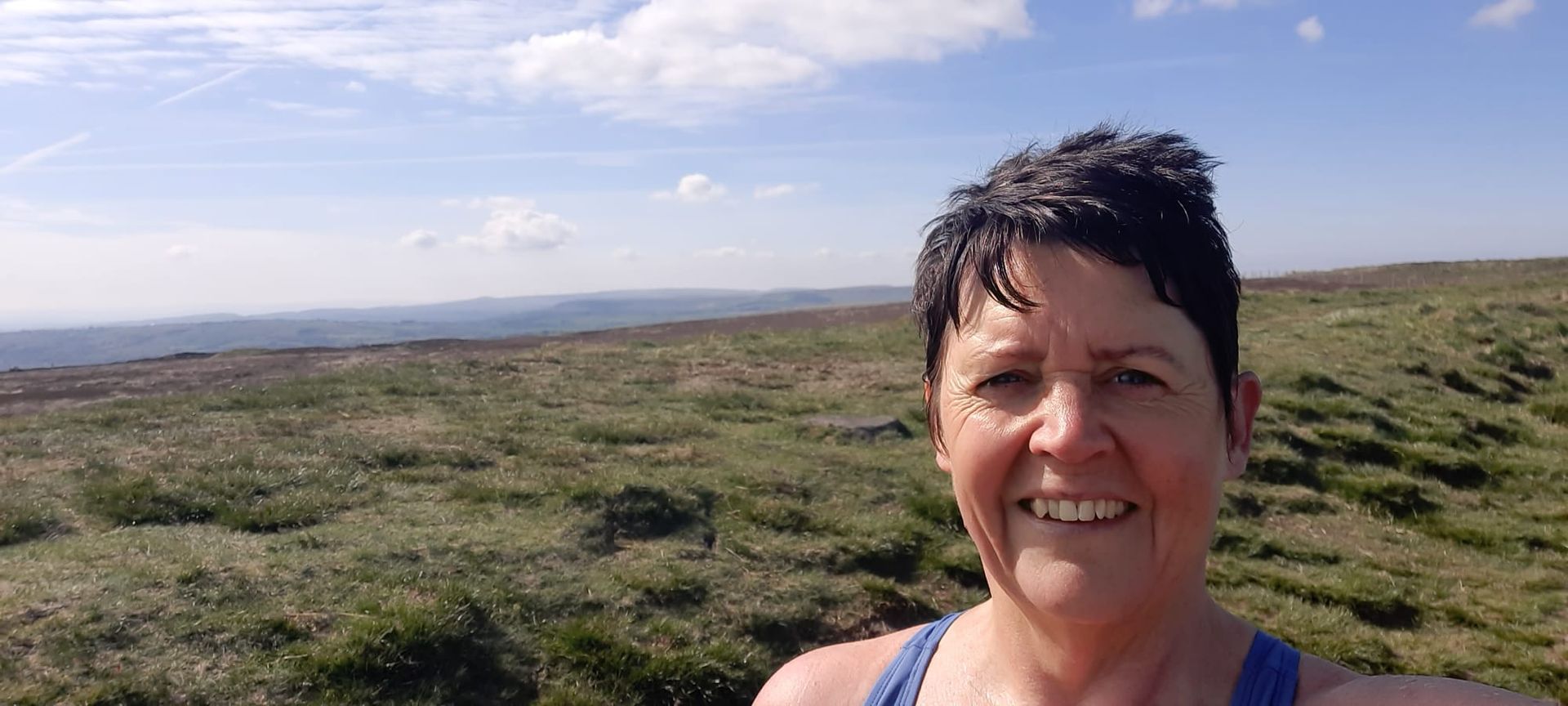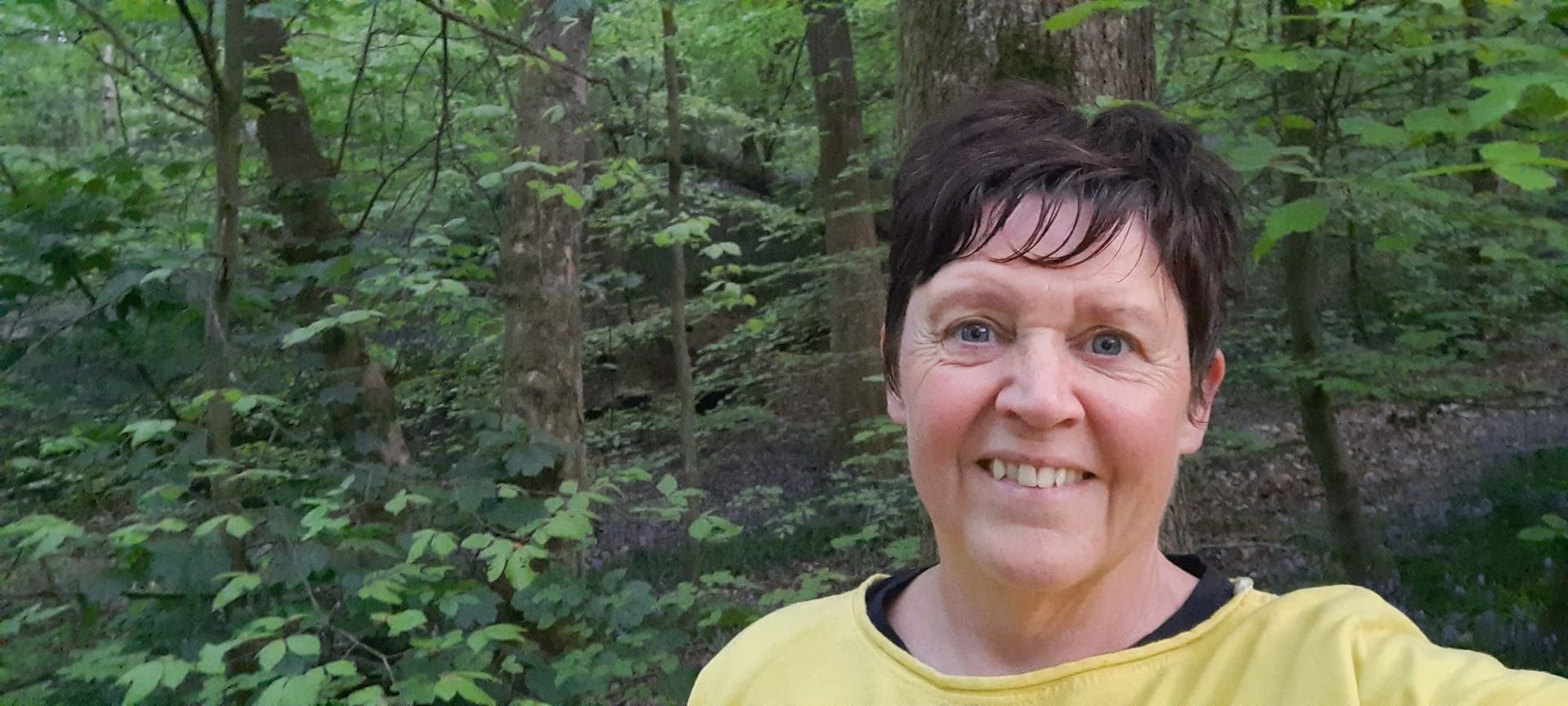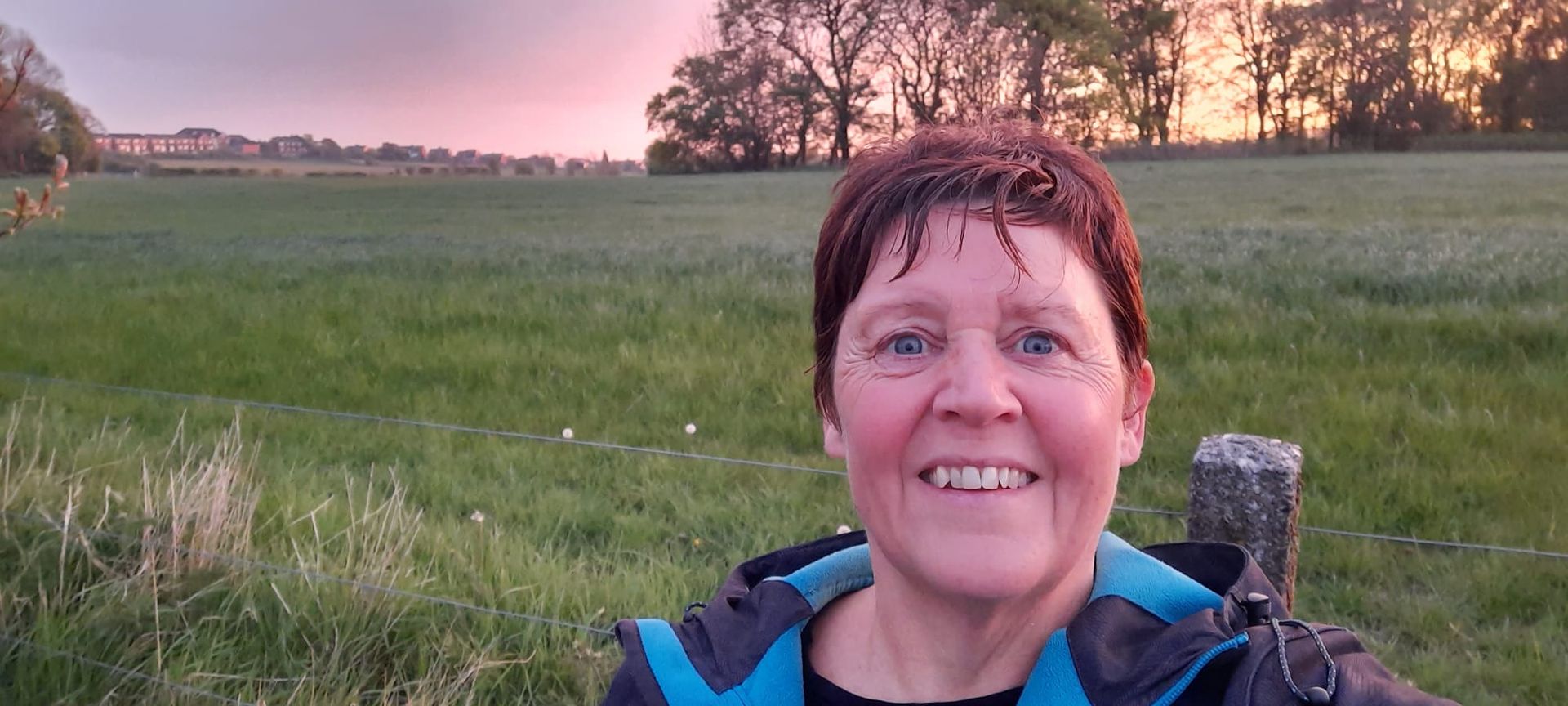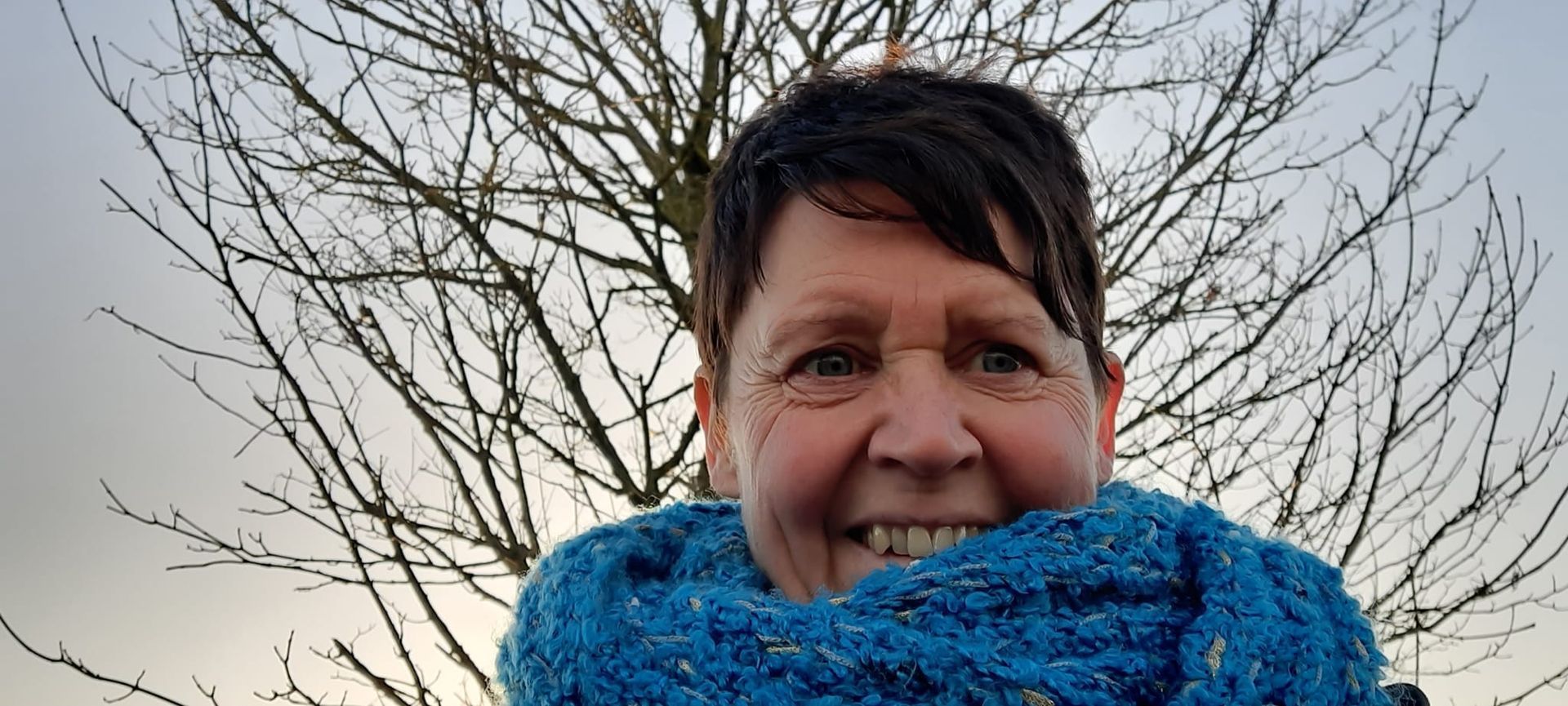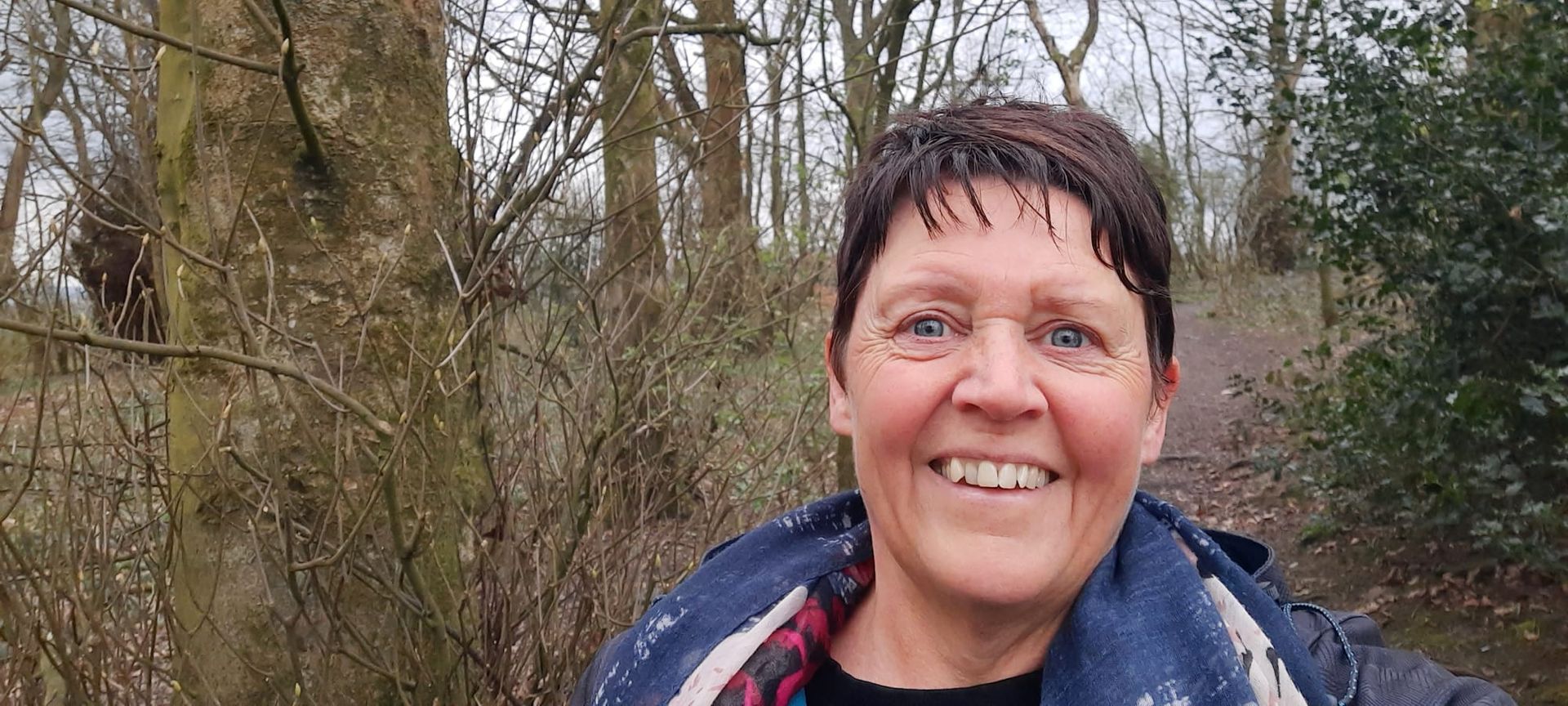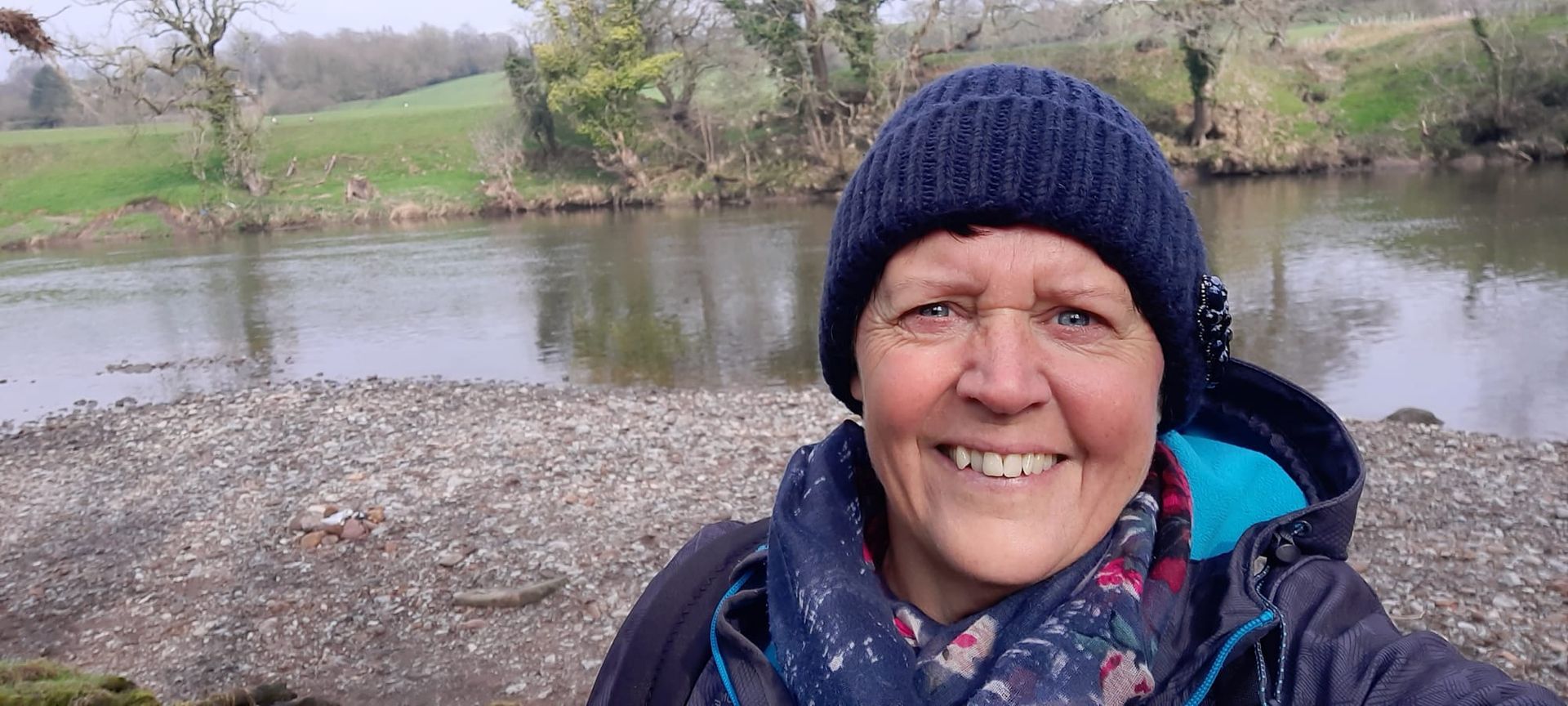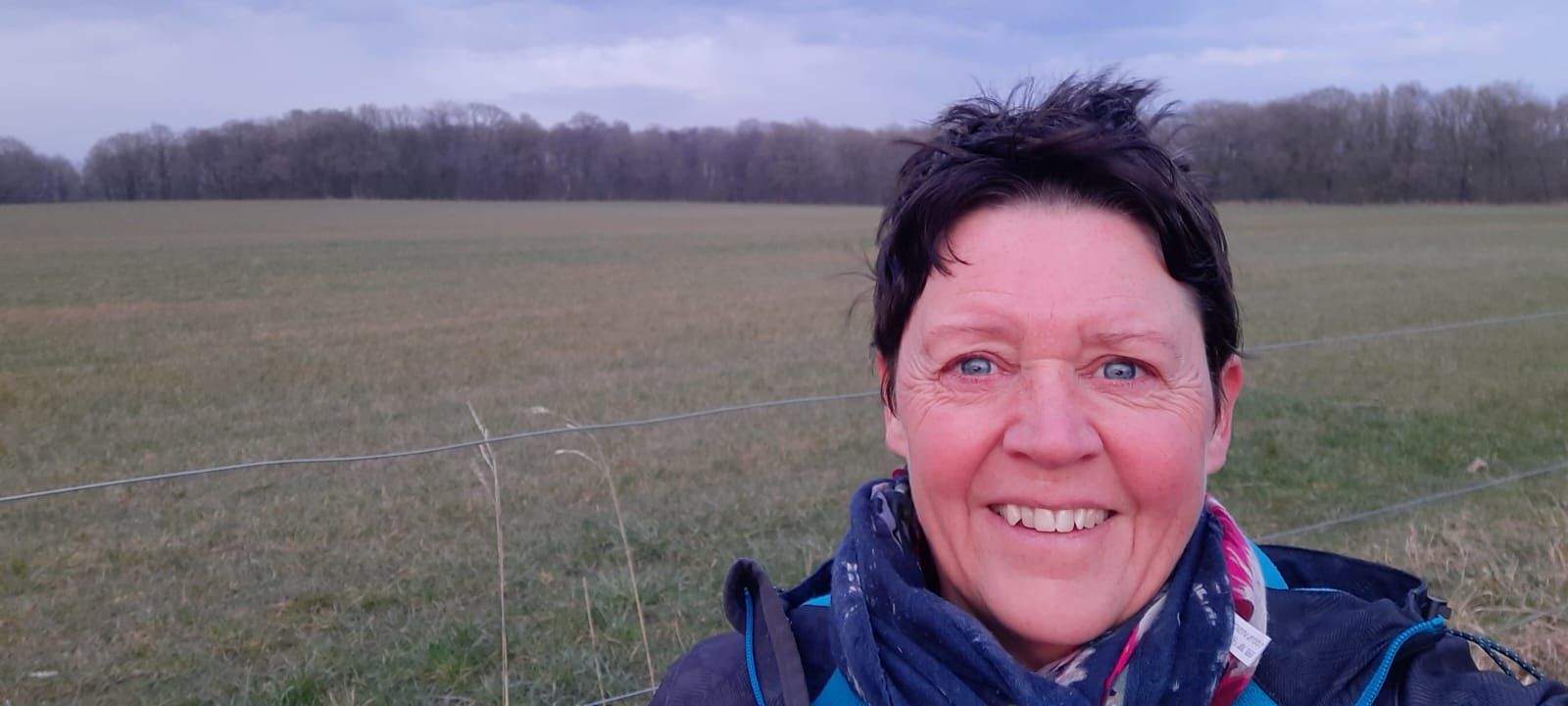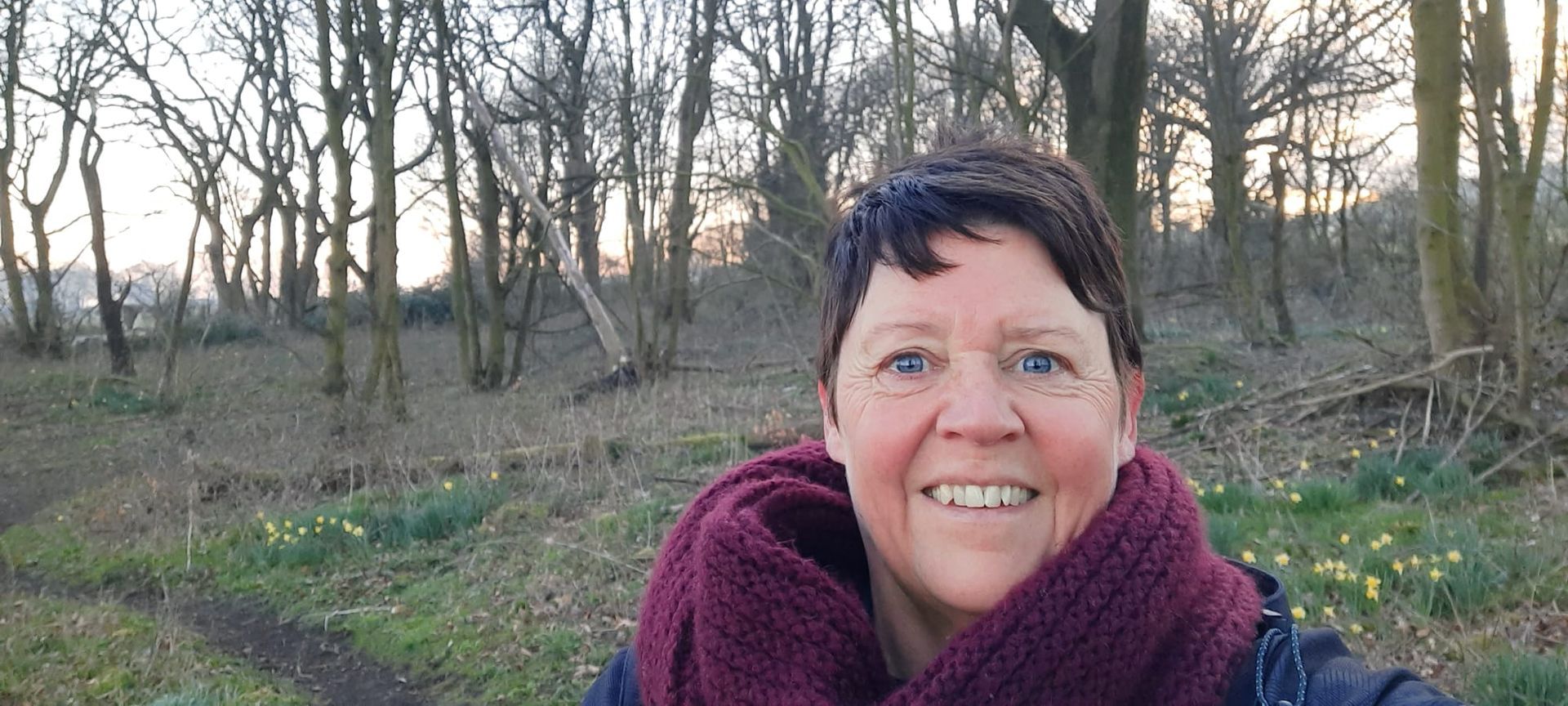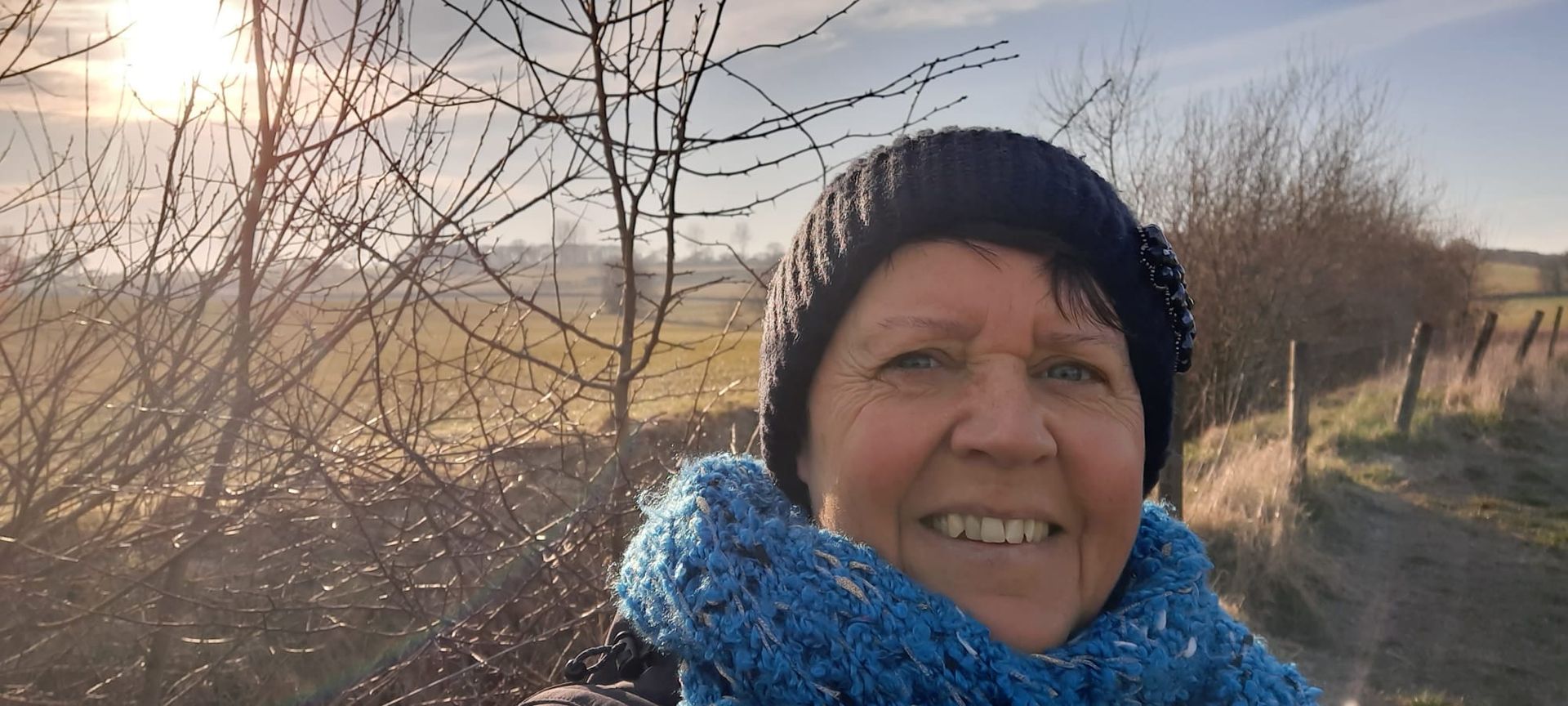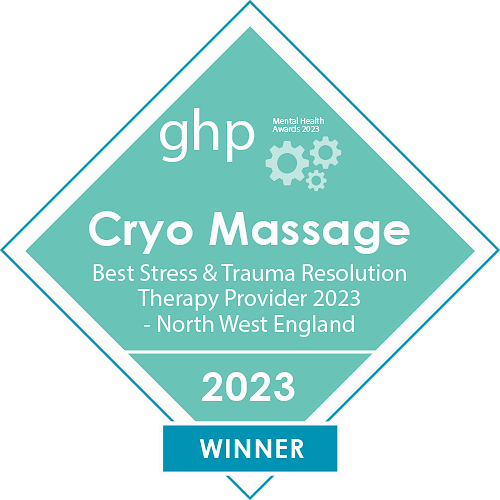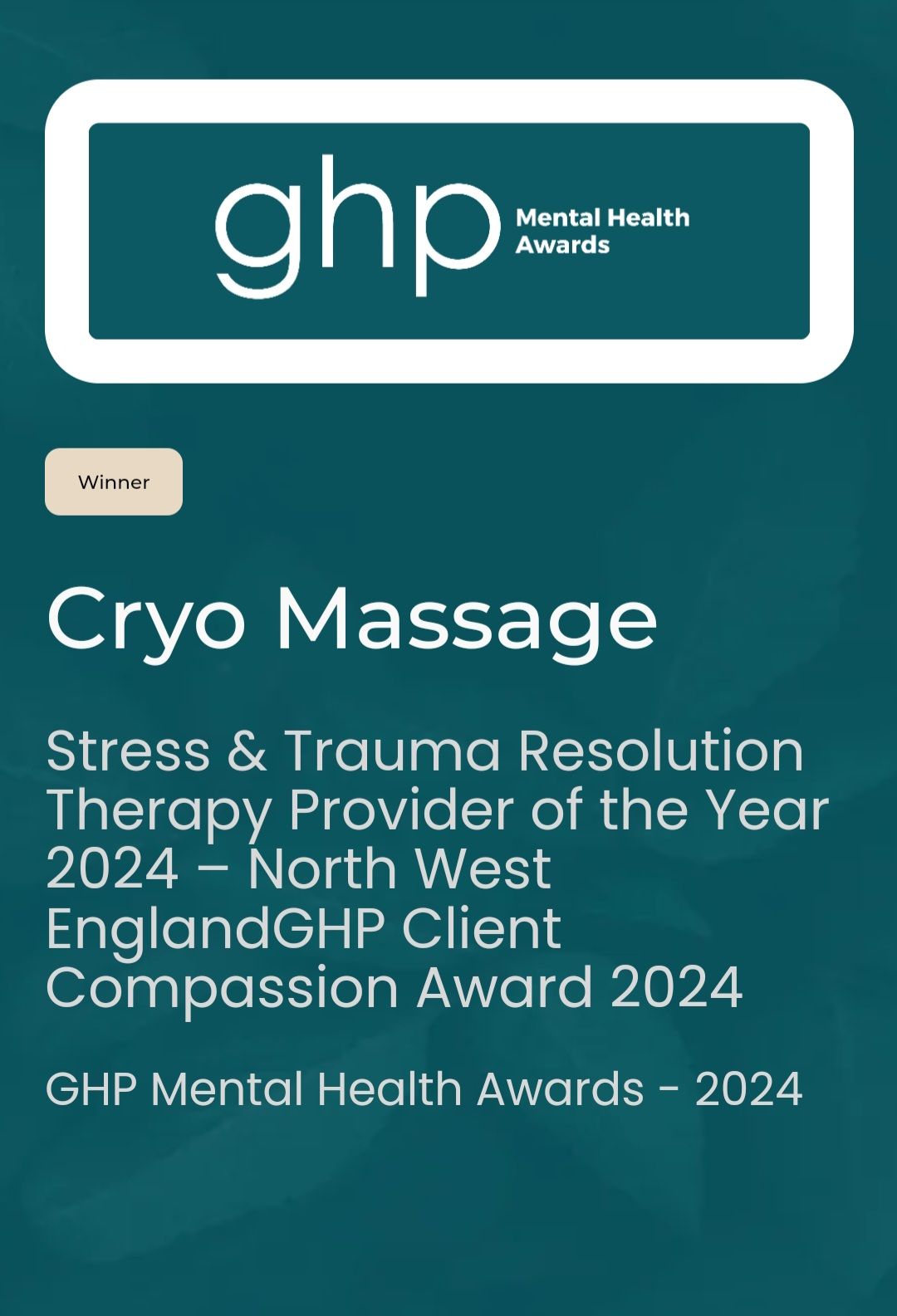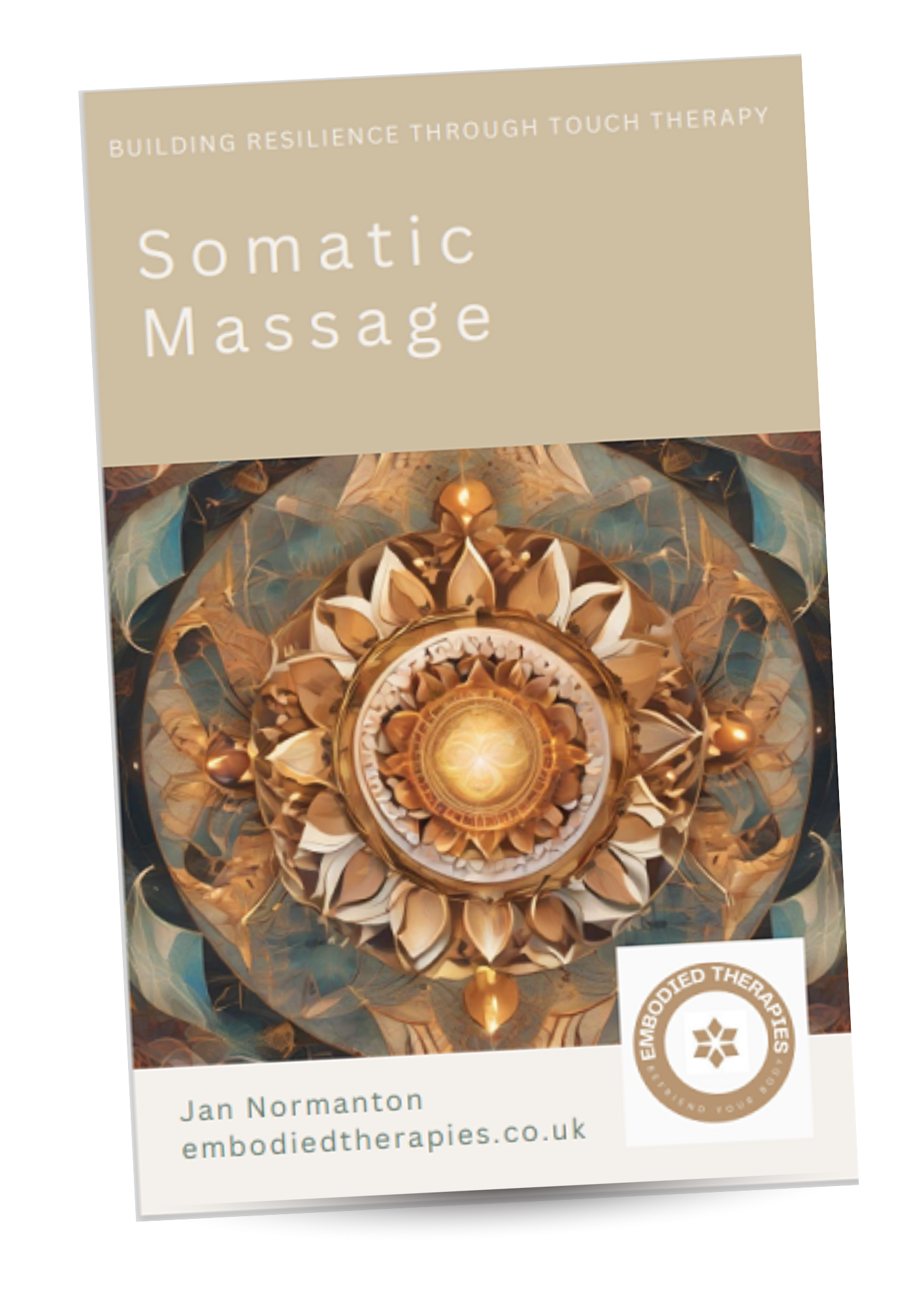The benefits of massage therapy for stroke recovery
My friend’s husband suffered from a stroke recently and he is still in hospital so I’ve been massaging him weekly for some time now.
Whilst his care is okay from the NHS, he is getting physiotherapy only twice a
week. The rest of the time he is bedbound and pretty static, being supported to
move only to go to the bathroom and for limited physical therapy.
The key to recovery for stroke patients is movement and work towards regaining
as much independence as possible , no matter how little or inconsequential it
may seem. As recovery progresses, increased safe physical activity is key on
the journey to ultimately living life as fully as possible again.
While every stroke is unique, there are a number of common effects of a stroke
and massage therapy can support stroke patients in a number of ways to
contribute towards their recovery, including potential improvement to overall
function and muscle re-education, as well as decreased aches, pain and
inflammation, increased range of motion and muscle strengthening, decreased
spasticity and water retention and a better state of mind.
Increase motor function
One of the main issues for stroke patients is the loss of muscle control in
certain muscle groups. As the stroke occurs in the brain, the oxygen supply is
cut off and nerve cells die, causing the muscle motor units to specific muscle
groups (motor neurons that connect to muscle fibres) to cease to work
efficiently and effectively. Over time if left unchecked, a
condition known as learned non-use develops, whereby the affected muscle groups
on the one side of the body cease to work and these muscles lose all
tone. At the same time the muscles on the other side of the body over develop
as they are used to compensate for the non-use side of the body.
The lack of sensation causing paralysis experienced in limbs by some stroke
patients can be overcome through stimulation of the senses, using a variety of
techniques and supported by massage therapy. This is known as sensory
re-education, retraining the mind to connect to the sensations felt in the
affected limbs.
A further technique supported by massage therapy is known as neuroplasticity
which rewires the brain to connect to the muscles to re-introduce
movement. Massage can support that reconnection along with passive
stretching and mobilisation of the joints. The key is repeated practice until
movement may become active.
Decrease pain and cramps
Sitting and lying for long periods of time causes stiffness , aches and
pains. Massage can reduce pain, swelling and stiffness of the joints through
mobilisation and incorporating gentle and passive exercise. This movement and
manipulation can remove the build up of lactic acid occurring at the joints
which causes the pain, as well as aid in the removal of water retention in the
lower limbs. Massage can stretch and soften all tissues and muscles, thereby
releasing stiffness and alleviating cramps and pain.
Manage hyper / hypo tonia
Massage is excellent for reducing hyper tone in the muscles which can
cause rigidity and pain in some stroke patients. It can reduce excessive
tension and spasms in these muscles whilst promoting deep relaxation.
Equally, massage can improve hypo tone ie weakness occurring in stroke
patients when the muscle tone diminishes rapidly due to under use. Massage can
nourish these muscles and improve muscle elasticity and tone.
Improve circulation
Circulation is crucial to keep the blood flowing – to bring freshly oxygenated
and nutrient rich blood to all parts of the body, whilst encouraging removal of
toxins through the circulatory systems – veins and the lymphatic system which
both rely on movement to get the lymph and blood (containing waste)
moving.
Massage is a perfect means to do this for who finds themselves static for
lengthy periods of time.
Decrease anxiety and depression
A further known symptom of a stroke is depression and anxiety, and
massage can aid prevention as it releases and distributes serotonin throughout
the body, one of the feel good chemicals produced naturally by the body, whilst
eliminating cortisol a stress hormone from the body.
Improving one’s overall mental well-being is crucial in supporting the body to
heal – attitude impacts on effort, and ultimately effort is required to use the
body as much as possible to return to independence.
Stress and anxiety can result in a diminished immune system so it is
vital for a stroke patient to maintain a strong and balanced immune system
particularly in hospital.
Make massage part of a multi-disciplinary approach on the road to
rehabilitation
Massage therapy will not increase a person’s risk of another stroke, however
certain precautions would need to be addressed such as the presence of blood
clots and/or the patient taking blood thinning medication, which would be a
covered by a full client history. Permission from the stroke patient’s
consultant to carry out massage would be sought.
There are many varying impacts and degrees of impact to a stroke and every
stroke has a different effect on every single patient, and massage therapy can
be adapted to suit the needs of the individual.
Whilst massage therapy cannot not provide a cure for strokes, as part of a
multi disciplinary approach working alongside a range of other therapists,
massage therapy can offer the benefits outlined above that can make a
significant contribution to the rehabilitation process for stroke
patients.

